Overview
- Mandatory task: yes
- Word count: 240-280
- Main characteristics: summarising and evaluating main ideas
- Register: formal
- Structure: introduction, two topic paragraphs, conclusion
Introduction
An essay is usually written for a teacher. It should be well organised, with an introduction, clear development and an appropriate conclusion. The compulsory Part 1 essay question will involve reading two short input texts on a particular topic and summarising and evaluating the key points from these texts in the context of a coherent essay on the topic, including the candidate’s own views. The set text essay questions specify what particular aspect of the set text (development of character or significance of events) should form the content of the essay.
Source: Cambridge English Assessment: C2 Proficiency Handbook for teachers
Essays are the first part of the writing test in Cambridge B2 Proficiency. The task is mandatory unlike the other possible types of text in Part 2 (articles, letters, reports, reviews) where you can decide which text type you would like to tackle.
Essays are easier than they might seem
When people hear the word essay, they typically think of this monstrosity of a text with hundreds of pages and lots and lots of academic language.
While this is true to some extend, essays in C2 Proficiency are actually not that bad. The good thing is that there is always a specific structure that you can apply no matter what the topic of a particular task might be and with a little bit of practice, you can become very good very quickly.
So, in this article, we are going on a journey together where I am you guide and I will show you everything you need in order to become more confident and well-equipped to write great essays.
What a typical essay task looks like
First of all, let’s check out at a typical task and you will see very quickly what you need to look out for when analysing it.
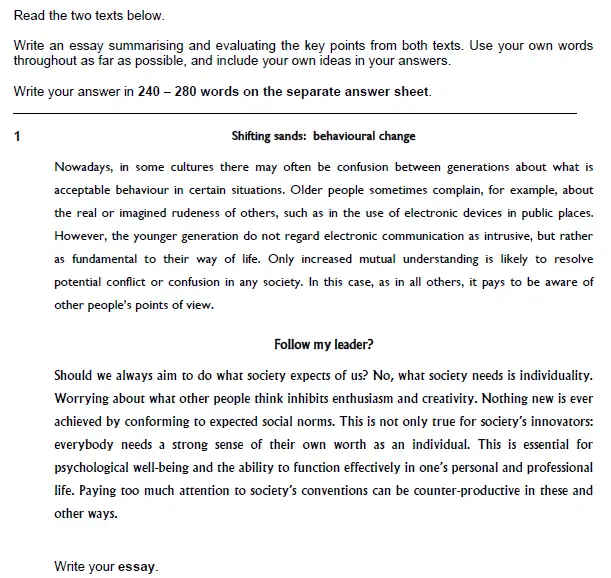
In every essay task, you have to read two short texts (about 100 words each) just like the ones above. Your challenge is to summarise and evaluate the key points of those texts and compare and contrast them. You also need to expand on these two texts and include some of your own ideas as well as give your opinion on the topic at the end of the essay.
The register should be formal as essays are usually part of academic writing. Formal English means that you shouldn’t use contractions (I’m, don’t, etc.), informal phrasal verbs, or colloquial expressions we would normally place in the realm of spoken English.
How to organise your essay
Considering the fact that there are two texts we need to work with, the limit of 240-280 words and the other conventions of essay writing, meaning that we need to include an introduction at the beginning and a conclusion at the end, I have found the following paragraph structure to be very useful for my own students:
- Introduction
- Topic paragraph 1
- Topic paragraph 2
- Conclusion
This structure is not the only one you can apply to an essay task and I have seen many other ways of doing so throughout my career as a teacher, but this one just seems simple and easy to apply. There is no need to overthink. Just use the organisational pattern that gets you to a good essay the fastest.
Make a plan before you start writing
I’m a big fan of making plans and I hope you will become one as well. Underappreciated by many, a plan takes only a couple of minutes to put together and it can save you much more time and headaches once you write your essay.
Instead of having to worry about what you want to say next you can focus on how you want to say it and lean into using the right vocabulary and grammar because your plan already gives you the outline and main ideas for what you are going to say.
To devise a plan simply use the paragraph structure from earlier and fill it with life, meaning with some notes that help you remember the details you would like to talk about in each section. For our example task from before, a plan could look something like this:
- Introduction: social norms; collective vs individual; generation gap
- Topic paragraph 1: intergenerational differences; What is acceptable?; dialogue is needed; OLDER GENERATIONS HAVE ALWAYS COMPLAINED; DIFFERENCES ARE NORMAL
- Topic paragraph 2: individualism more important than the collective; innovation; well-being; INDIVIDUALS ONLY THRIVE IN A COMMUNITY
- Conclusion: social norms are important but ever-changing for the individual and society as a whole; need for dialogue
It took me about three minutes to come up with this plan. The capitalised parts in the topic paragraphs are my own thoughts which I’m planning to add to or weave into the ideas expressed in the two short texts. It is important to do this because the task asks you to include your own ideas and views.
Now that we have a structure, ideas for the content and the knowledge that an essay needs to be formal we can get into the nitty-gritty and go to work.

The different parts of an essay
As we said in the previous section, a good essay in Cambridge C2 Proficiency can be broken up into an introduction, a couple of topic paragraphs, each of which talks about one of the input texts, and a conclusion to round everything off. Now, let me go through each part so you can see how you can use these building blocks to create a nice little essay.
Introduction
The intro in an essay for C2 Proficiency works slightly differently from, for example, the ones in a B2 or C1 essay. Here, you have a lot more freedom and many candidates keep it on the shorter side.
Whichever way you prefer doing it, you have to make sure that it becomes clear what the overarching theme is that you want to talk about in the text. Unlike in B2 First or C1 Advanced the tasks in C2 Proficiency give you very little context and not even a question that you could answer. You have to decide what you want to focus on and the best way of doing this is to find out what the topic is that the input texts talk about. Simply state that in your intro and you are ready to go.
An introduction for our example task could look something like the one below:
In our society, we live together based on certain norms that we all agree upon even though there is a lot of room for interpretation. For instance, what one person sees as perfectly acceptable might offend their parents or while western culture embraces personal freedom the question is where one’s own liberty collides with the interests of the collective.
I paraphrase the essence of the two texts, which sets the stage for my topic paragraphs. Make sure you use your own words instead of parroting what the task says. Also note, that from the beginning, I try to connect my ideas well by using a wide variety of cohesive devices (even though, for instance, while).
Topic paragraphs
The topic paragraphs convey the main ideas of your essay so they should be treated as the most important part. They should be the longest paragraphs and include all the ideas you want to talk about. Don’t add anything new in the intro or conclusion that you don’t discuss in the topic paragraphs.
The first step to a successful topic paragraph is a topic sentence. A good topic sentence makes it very clear for the reader what this specific section of the text talks about. From there, you elaborate on the topic and that’s it. Again, there is no dark magic involved, just a repeatable step-by-step process.
Going back to our example, here are two topic paragraphs I wrote:
Not only do we see these trends in the context described in the first text, but older generations also struggle with the ever-evolving use of language or specific behaviour such as seemingly disrespecting others by not offering their seat on public transport or using their gadgets even when spending time with family or friends. While it is easy to agree with the writer’s observations that only good communication leads to a better understanding, we need to keep in mind that societal changes are often more difficult for the parent generation and it has been that way since the dawn of civilisation.
Another important aspect is the rise of individualism. The second text strongly argues that society as a whole greatly benefits from the vision and ambition of specific people and that societal rules only hinder progress. However, this line of thought neglects the fact that these individuals thrive within a collective framework that enables them to pursue their ideas and make them become a reality so we might argue that one can’t exist without the other.
I immediately connect the first topic paragraph to the introduction (these trends) and show that I’m going to talk about the first text (the context described in the first text). It is very clear for the reader what to expect here: my views on this first text. Mission “topic sentence” accomplished.
In these main paragraphs, it is important to include some further ideas instead of just talking about the examples from the texts. in the first topic paragraph, I only acknowledge the text in the topic sentence and then expand on the topic. All of this is in my plan so I knew that I was going to do it before I started writing.
The same process is repeated in the second paragraph. I clearly state the topic (the rise of individualism) and briefly paraphrase the writer’s opinion before contrasting it with my own ideas.
Note that I avoided using personal pronouns like I or we. Essays are formal and rather impersonal pieces of writing so I tried to keep the text as impersonal as possible. That doesn’t mean that you are prohibited from using this kind of language, but in my example, I managed without it.
It should go without saying that, at this level, you want to include a variety of vocabulary and grammatical structures appropriate for the topic given.
Conclusion
The conclusion brings everything together like a beautiful dessert after an already great meal. It summarises your arguments and reflects your opinion to finish the essay. Of course, it should all be based on what you’ve already discussed and, as I said earlier, you don’t want to introduce new ideas here.
All in all, humanity as a collective always changes due to the fresh ideas of younger generations. This is a constant of life and the essence of who we are as a species. Only with dialogue and the willingness to understand each other can we continue to prosper and use individual freedom to benefit all of society.
Nice and short, this conclusion rounds off my essay by restating the key ideas (change is constant, need for dialogue, individualism within a collective) and giving my final thoughts. That’s all you have to do and you’re done. Congratulations!
Now it’s time for some practice
And there you have it. Essays in Cambridge C2 Proficiency are really not that difficult if you know what you are doing. With the right structure, a good plan and appropriate language you basically can’t go wrong.
Now you can start practising. I offer writing feedback and classes here on my website if you are interested in working directly with me. Until then, all the best.
Lots of all,
Teacher Phill 🙂

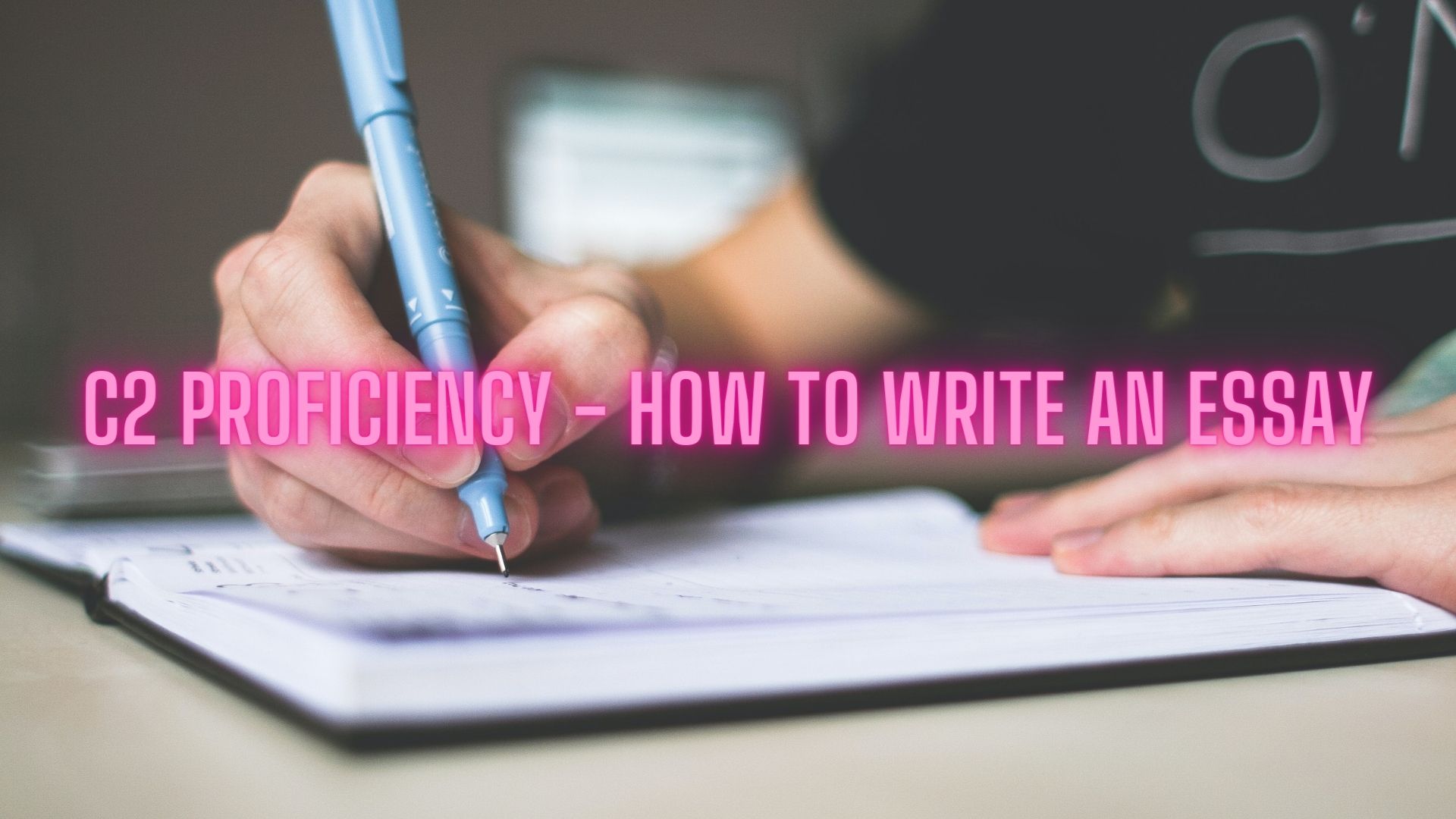
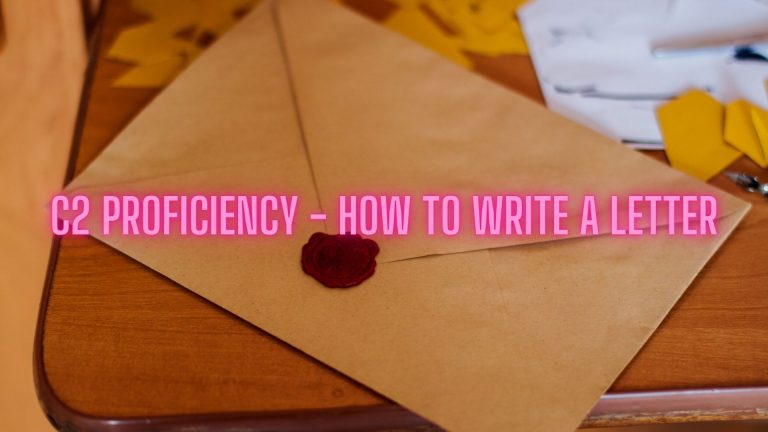
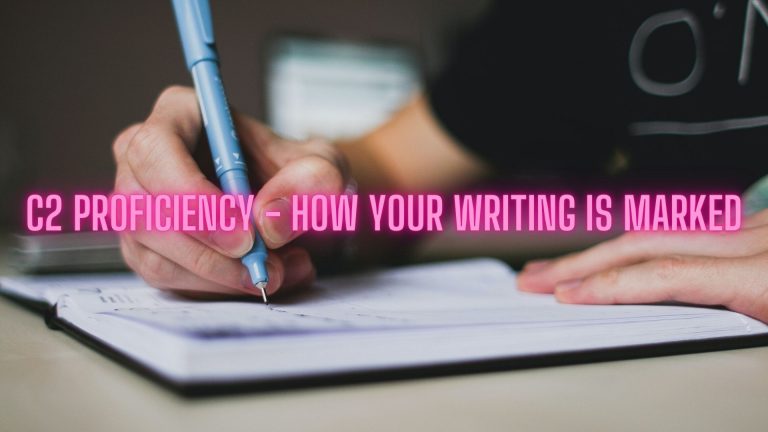
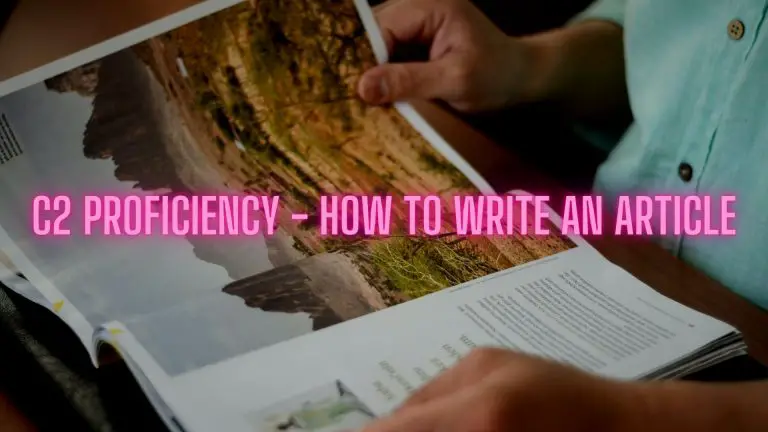
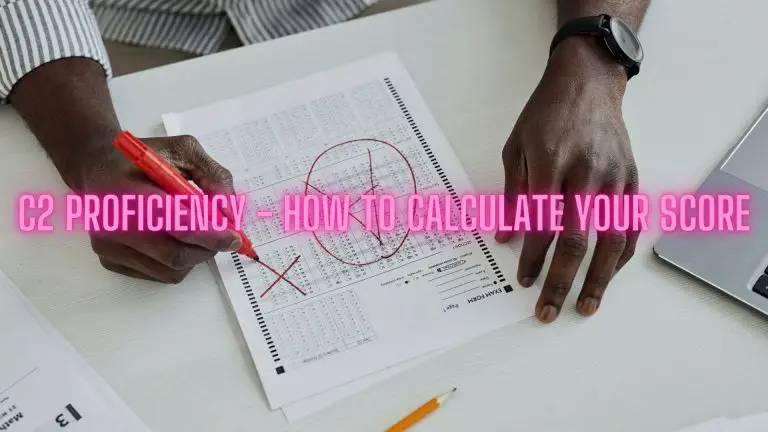


Hi
I am taking the proficiency exam on Novemeber 24th this year. ( I hope I got the date correct, it is in November anyway )
I would love to take online lessons with you. I leave my email below; and look forward to hearing from you shortly
Regards
Pamela